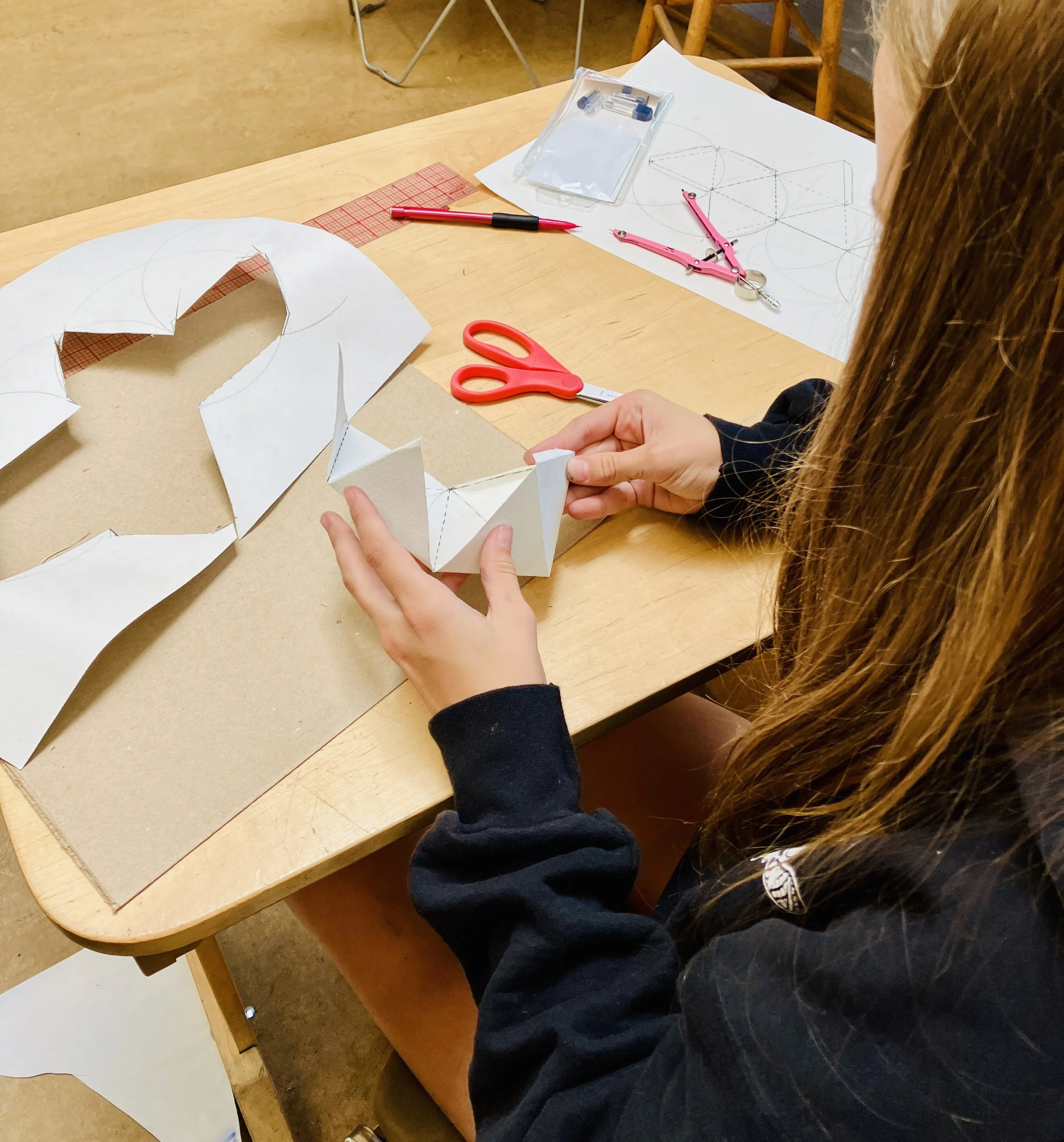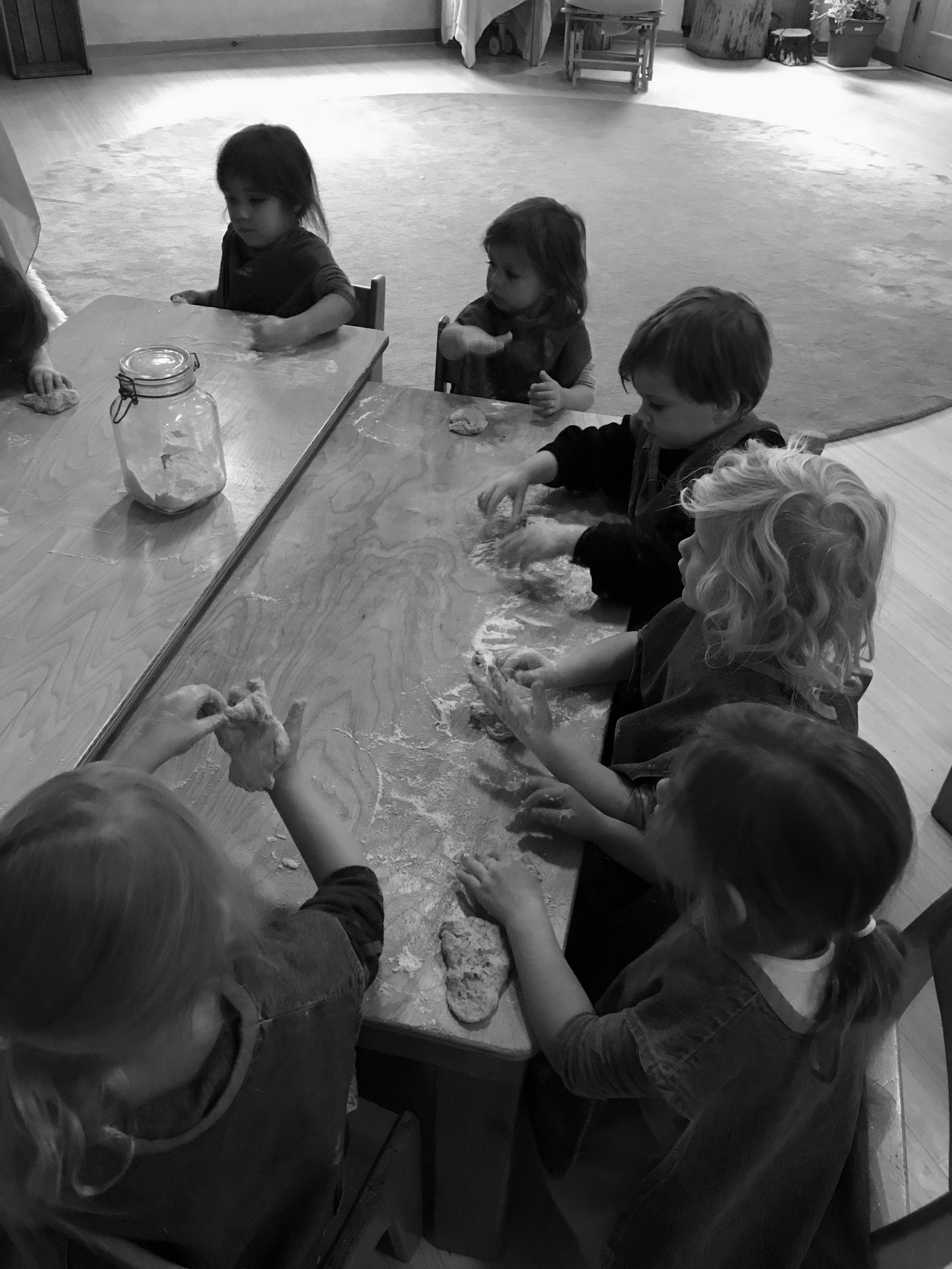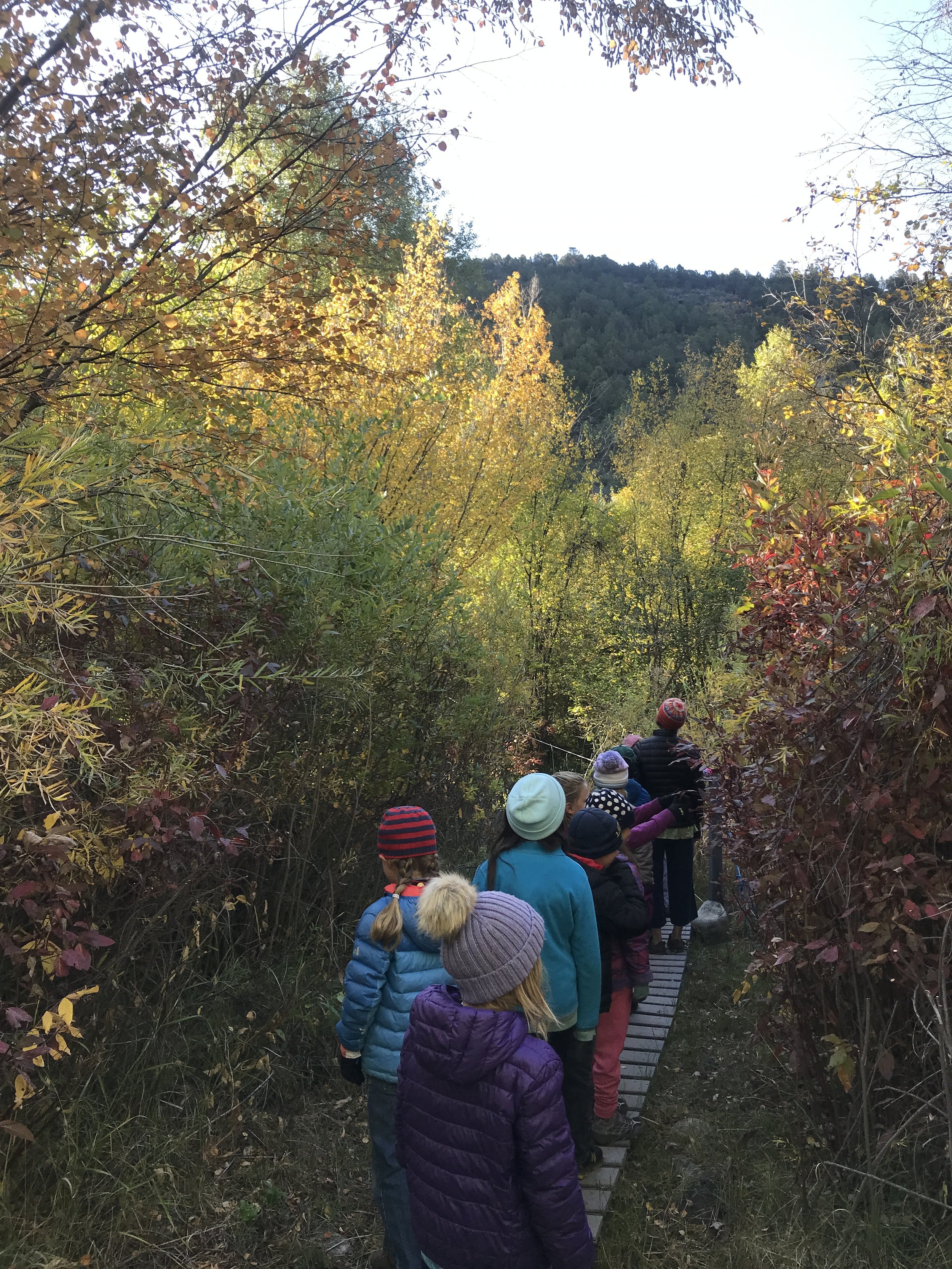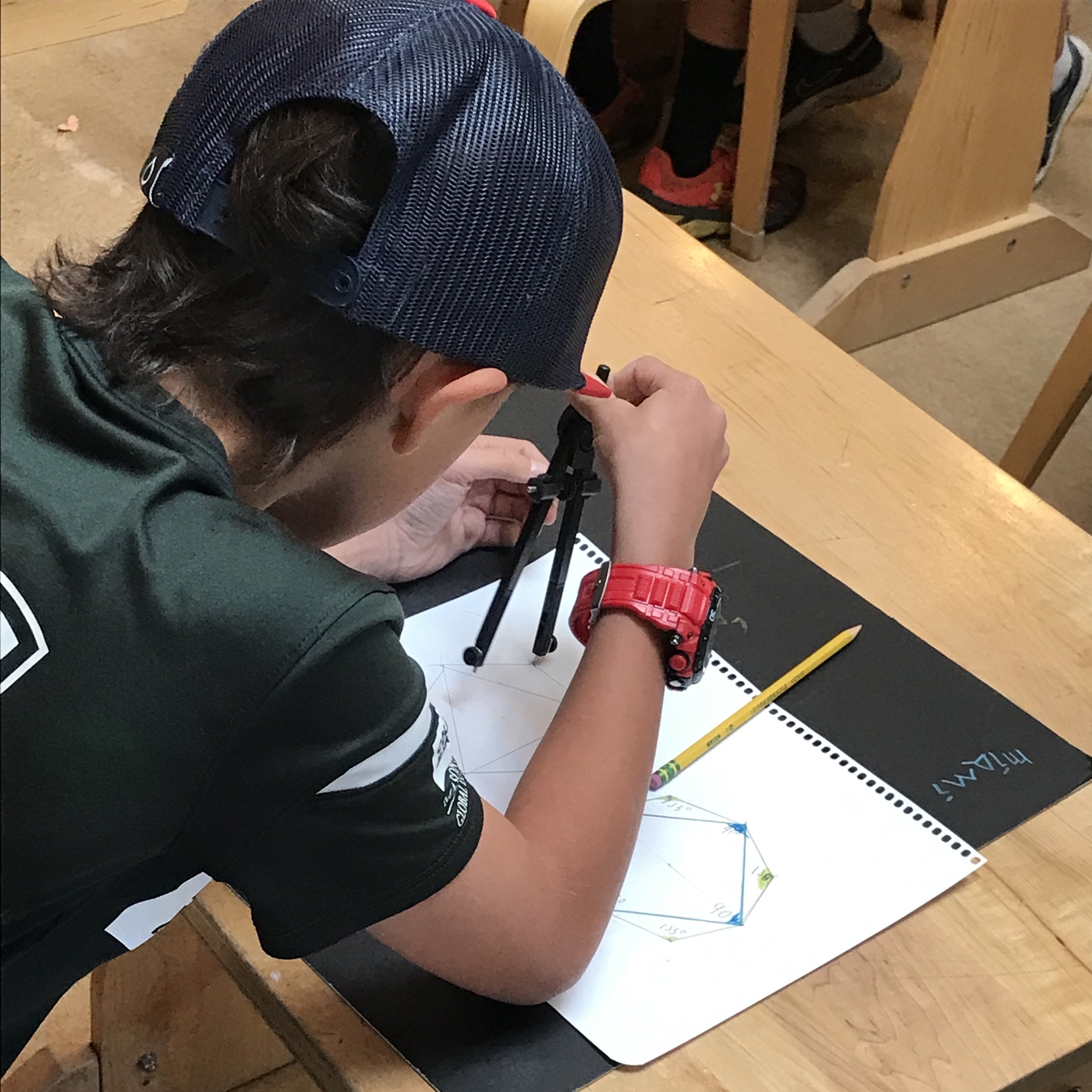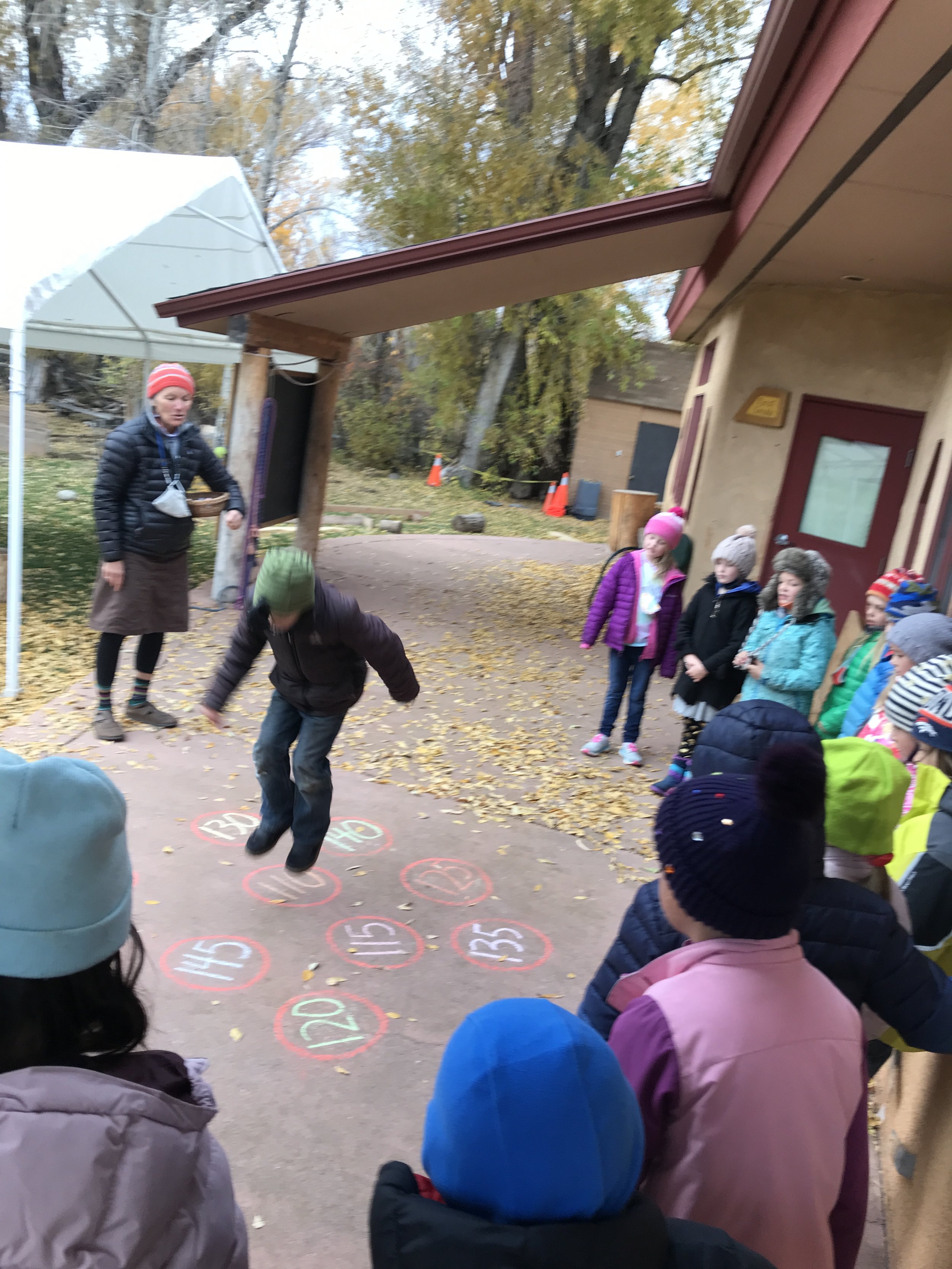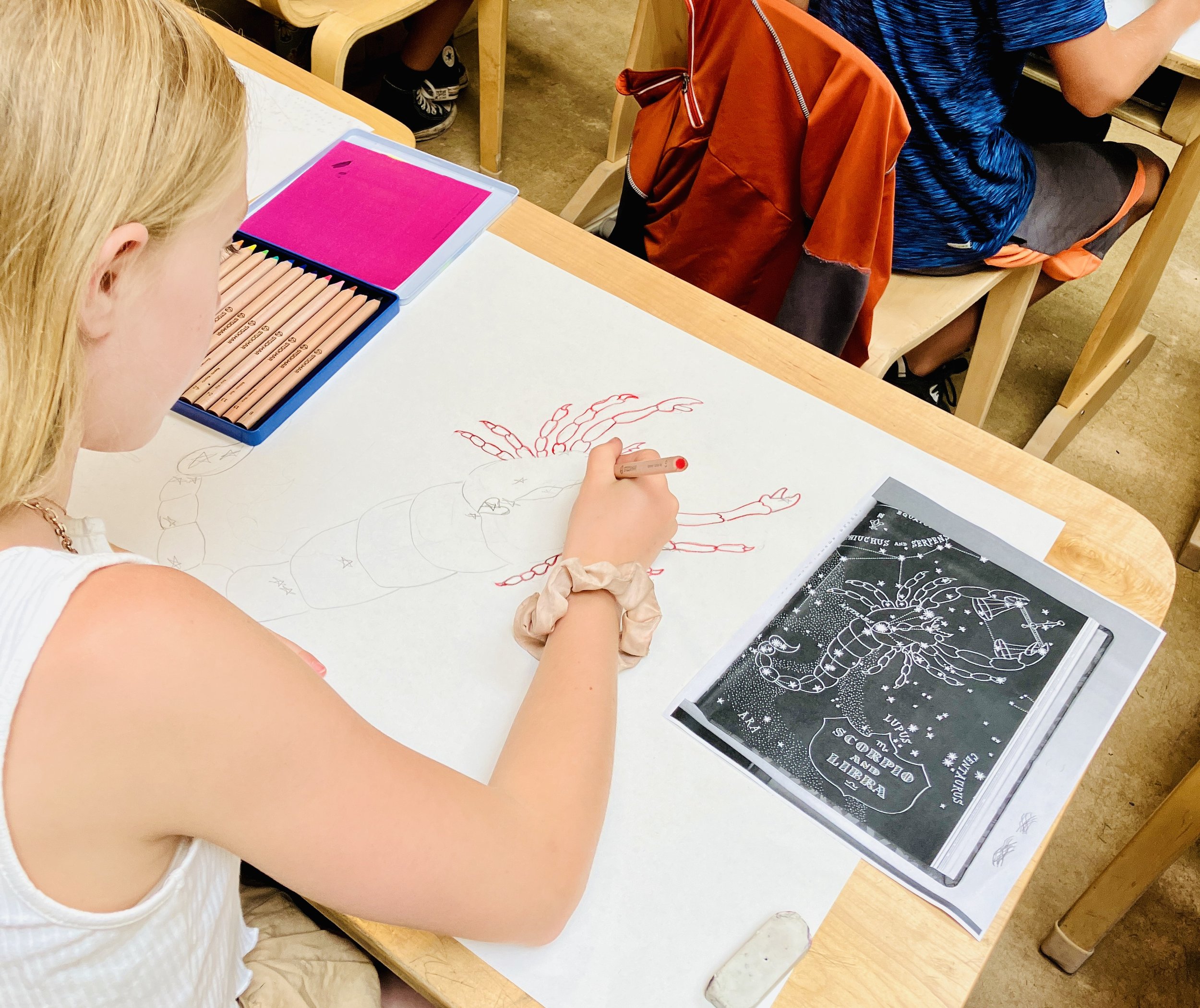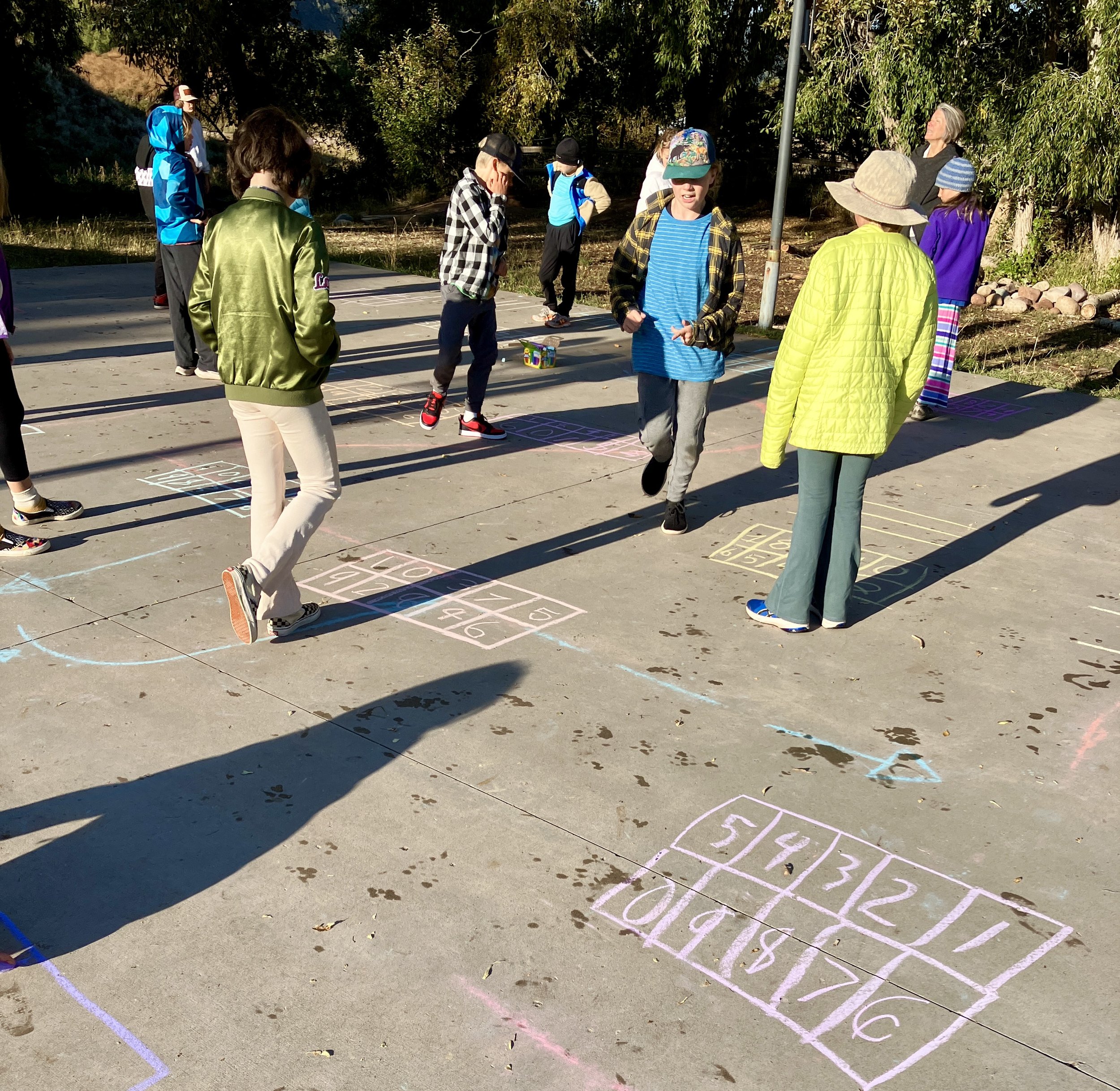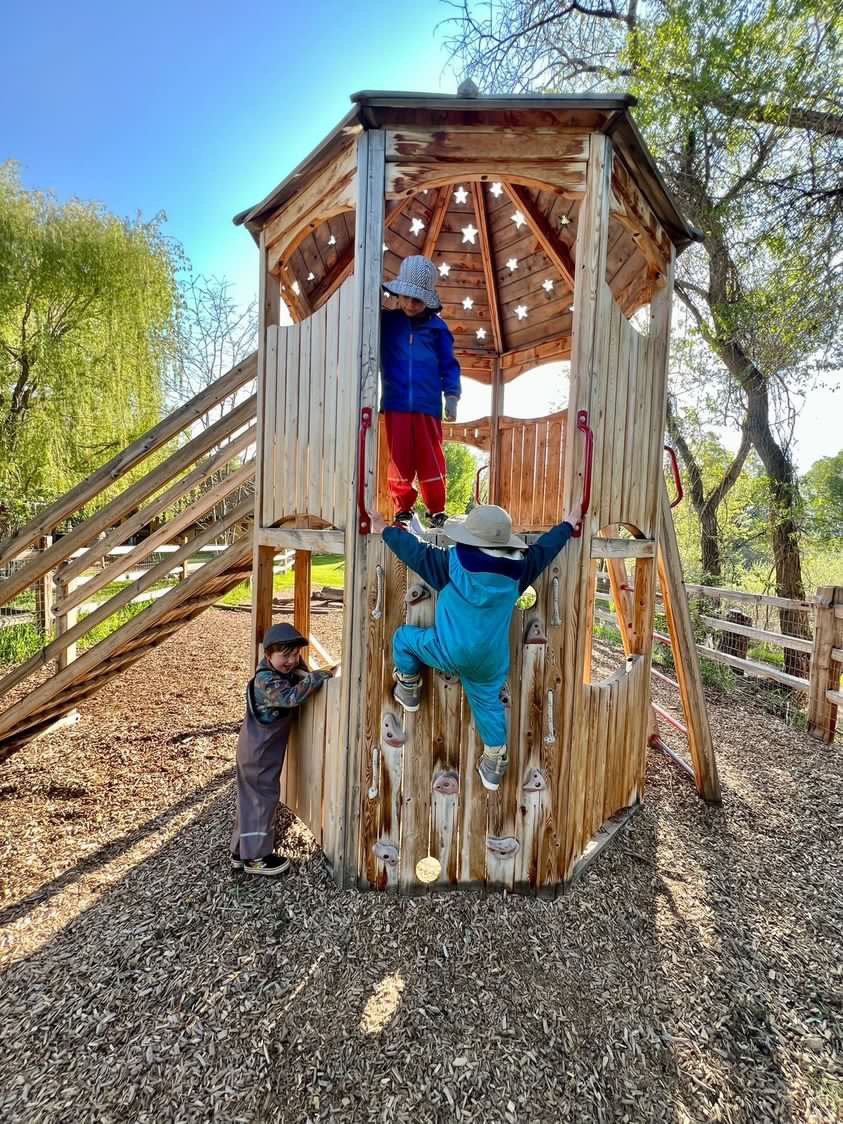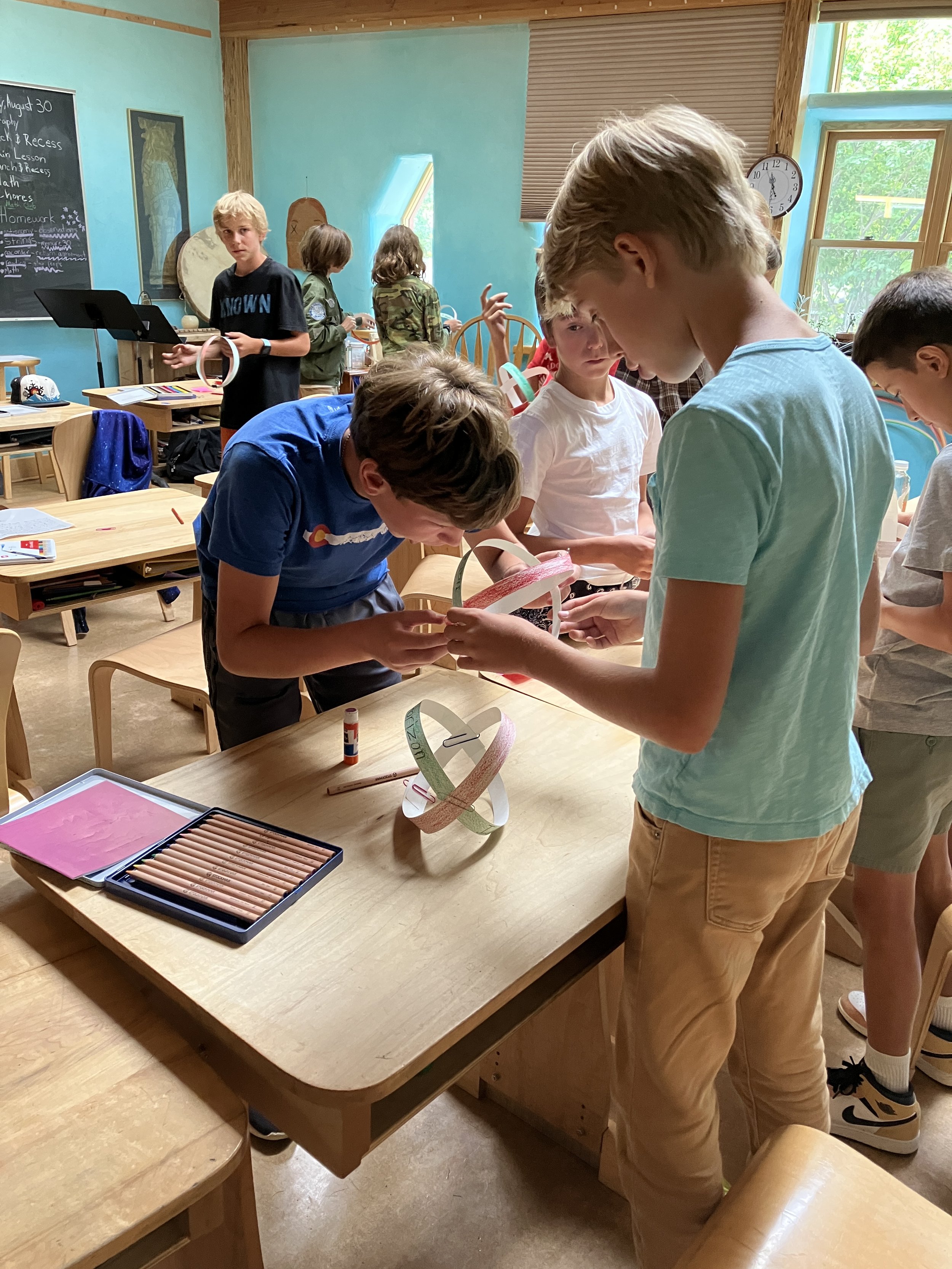Learning is Multi-Sensory: Teaching Should Be Too.
According to a recent article from Edutopia, “multi-sensory activities reinforce strengths and improves weaknesses”. When students learn in multiple ways, retention is increased and lessons can meet students in different ways. What if we consider, as Edutopia write, “brains are wired in a particular way, and how they are taught needs to be adjusted instead of just repeating the same methods over and over again in the same way?” Engaging all of the senses, touch, smell, sight, taste and hearing all support deeper learning!
In Waldorf Education, learning is a process that engages the whole body. Research has shown, this type of dynamic, multi-sensory learning helps the lessons sink in more deeply and increases longterm retention. Our teaches bring concepts through multiple senses including speaking, listening, movement and active engagement such as drawing, painting and modeling.
Waldorf Curriculum introduces science through stories as well as though nature studies and observation before students dive into the lab in Middle School for hands-on experiments. Students are not only exposed to scientific concepts but also biographies of pivotal scientist, bringing a human-element into science exploration. In Waldorf Education, we move our math such as jump roping timetables, the four process with hopscotch, balls and more. We even bake and eat our math when students make pizzas that turn into fraction pies while building the foundation of fractions in 4th grade. Not to mention math is sung, spoken and drawn so make sure every student is met in a way they learn best and challenged to learn in new ways.
Multi-sensory learning takes shape across every discipline in Waldorf Education. Literature comes to life in theater with annual class plays from 1st to 8th grade that tackle a story from the student’s studies. Language is intertwined with music, speech work and art to allow concepts to be explored from varied perspectives. History takes shape with hands-on projects such as a Renaissance wax museum, country reports or reports on key change makers in history.
Lessons that engage the thinking, feeling and willing of our students have the longest impact. Research today supports the multi-sensory approach to learning that Waldorf Education has been leveraging for over 100 years. Not only do students learn more but it also builds adaptable, flexible thinker capable of learning in different ways.

